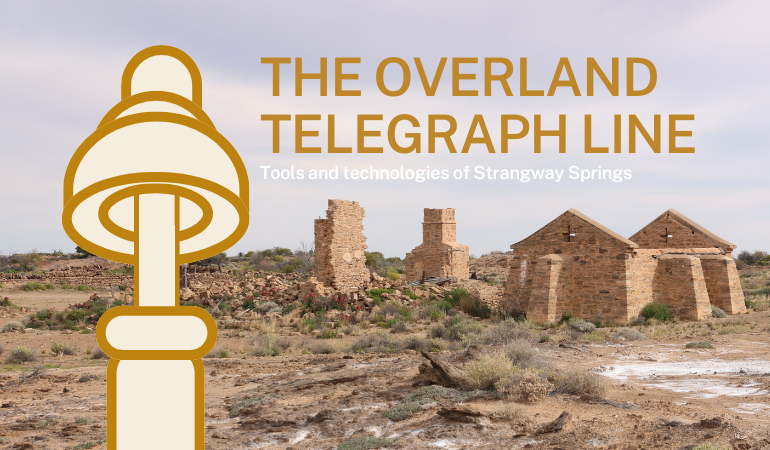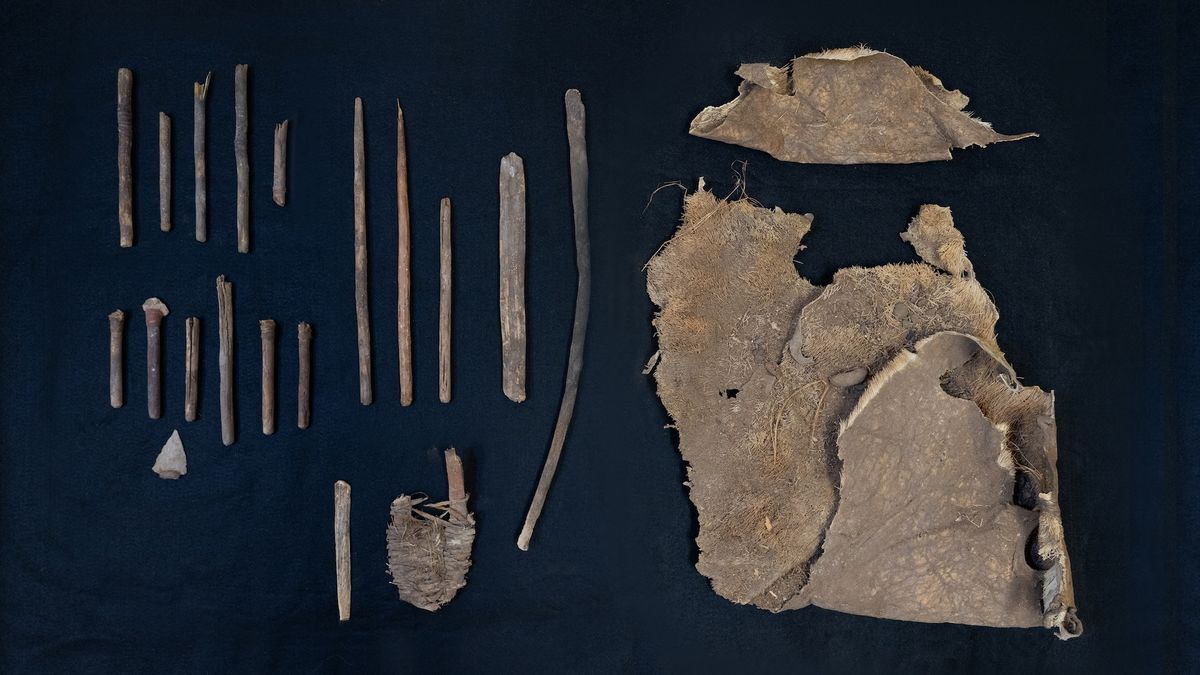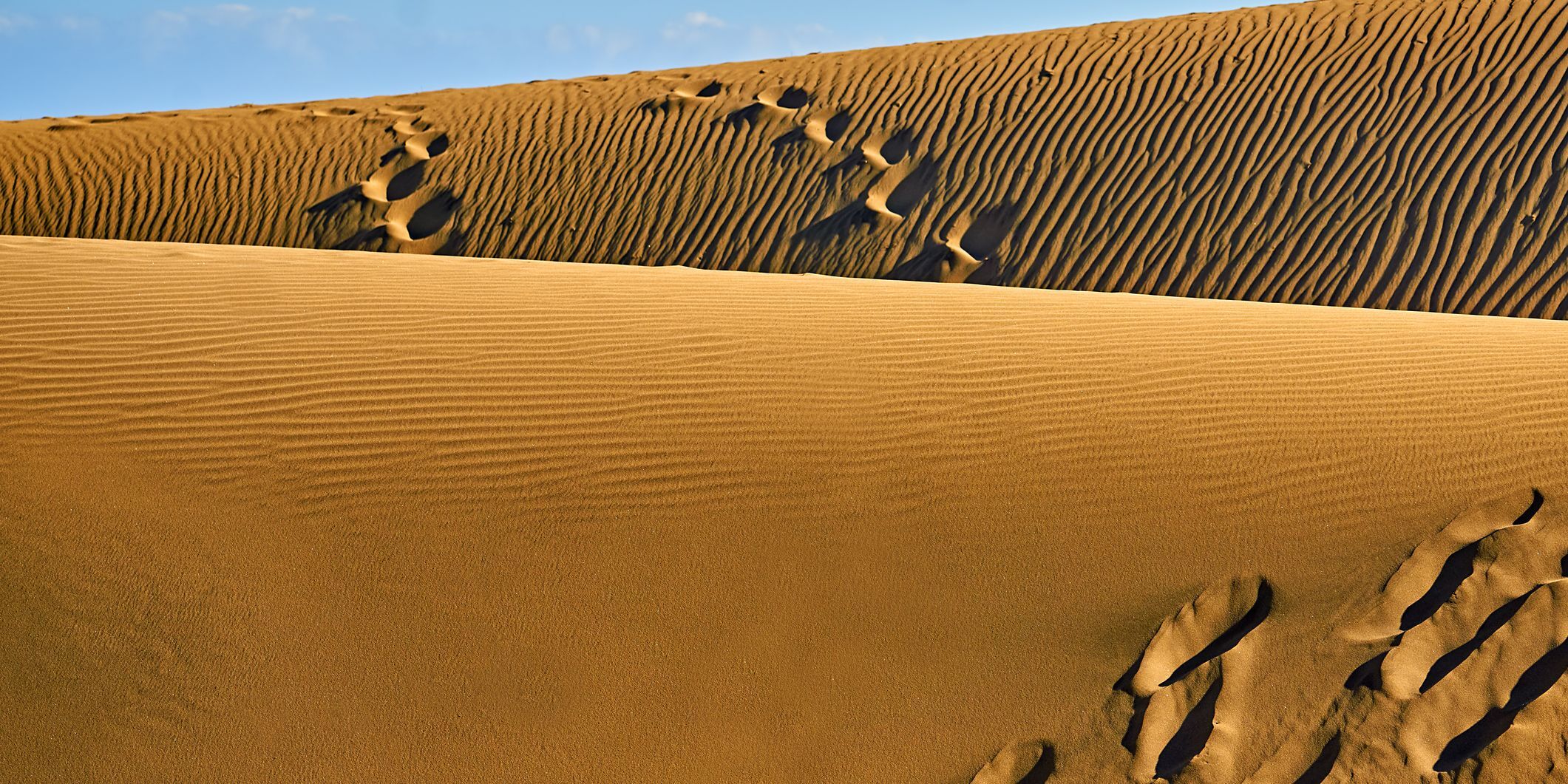Digging for power / Israeli archaeology conference canceled after government attempts to silence critic
Israel's major archaeology conference was canceled after Heritage Minister Eliyahu demanded the removal of Prof. Raphael Greenberg, who has spoken out against Israel's archaeological practices in occupied territories.
Prof. Greenberg, chair of NGO Emek Shaveh, argues that Israel weaponizes archaeology to dispossess Palestinians and violates international conventions on cultural heritage protection. He also believes that Israel Exploits excavations to justify settler expansion in the West Bank, while excluding Palestinian voices from archaeological discourse about their own heritage, and uses selective archaeology to create political narratives about land ownership.
The academic community united in support of Greenberg's right to speak, even among those who disagree with his views, forcing the conference's cancellation rather than comply with political censorship.
[…] the plans were suspended when Raphael Greenberg [pictured], Professor of Archaeology at Tel Aviv University and chairman of Emek Shaveh, the Israeli NGO which seeks to prevent the politicisation of archaeology in the context of the Israel-Palestine conflict, raised fundamental objections to the conference in an open letter to intending participants. Rather than allow Professor Greenberg to attend and air these objections, the Ministry hastily cancelled the conference.
https://www.bricup.org.uk/news-2/israel-cancels-major-conference-to-forestall-discussion-of-its-political-abuse-of-archaeology/ [#BRICUP British Committee for the Universities of Palestine]
https://www.haaretz.com/archaeology/2025-04-03/ty-article/israeli-archaeology-confab-canceled-after-far-right-minister-demands-removal-of-speaker/00000195-fb6c-dbc7-a5ff-fbee33b60000 or https://archive.is/sxI5o
See also
Netanyahu Coalition Advances Bill Allowing Israel's Antiquities Authority to Operate in West Bank https://www.haaretz.com/israel-news/2024-07-08/ty-article/.premium/coalition-advances-bill-allowing-israels-antiquities-authority-to-operate-in-west-bank/00000190-91e4-d3a3-ad9a-b3ff1c630000 or https://archive.is/ajycL
@palestine
@israel
@academicchatter
#AcademicFreedom
#Archaeology #Palestine
#Israel #WestBank



















